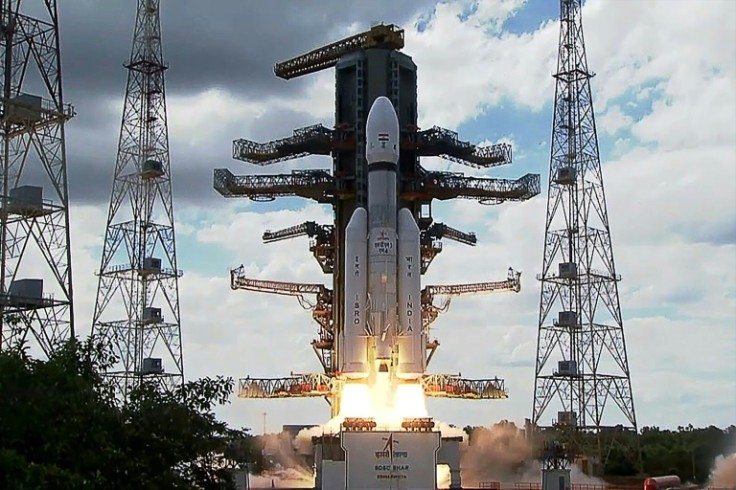
KEY POINTS
- The inaugural manned space mission called Gaganyaan will see Indian astronauts on the moon by 2040
- Four test pilots have been selected from the Indian Air Force and are undergoing training for the mission
- The Gaganyaan mission is being developed as India basks in the success of its successful Chandrayaan-3 mission
Indian astronauts will set foot on the moon by 2024, according to the chairman of India's space agency.
Following the historic success of the Chandrayaan-3 mission, which made India the first nation to achieve a soft landing on the lunar south pole, the country is now planning to send a crew of two to three Indian astronauts to the moon for up to three days before bringing them back safely to Earth.
"Looking ahead, ISRO aims to take the next step in space exploration with the Gaganyaan program, planning to launch a crew of 2 to 3 Indian astronauts into Low Earth Orbit (LEO) for up to three days before safely returning them to a predefined site in Indian waters," S Somanath, chairman of Indian Space Research Organization (ISRO), wrote in an article that appeared in the annual knowledge encyclopedia, Manorama Yearbook 2024.
Somanath said four test pilots have been selected from the Indian Air Force as "Astronaut-Designates" and were undergoing training for the mission, known as the Gaganyaan mission.
India is working on developing critical technologies, including a human-rated (capable of safely transporting humans) launch vehicle (HLVM3), an Orbital Module comprising a Crew Module (CM) and Service Module (SM), and life support systems for its inaugural manned space mission.
Prior to the launch of the Gaganyaan mission, India will execute two identical missions (G1 and G2) without crew members in addition to Integrated Air Drop Test, Pad Abort Test, and Test Vehicle flights.
ISRO already launched the first development flight of the Test Vehicle in October this year and managed to successfully demonstrate in-flight abort of the Crew Escape System, followed by Crew Module separation. The Crew Module was then safely recovered from the Bay of Bengal by the Indian navy.
"The success of this test flight was crucial for subsequent unmanned missions and the ultimate human space mission, expected to be launched in 2025," Somanath said.
The objectives of India's Chandrayaan-3 mission included finding water and other resources on the moon. Some saw the mission as the beginning of a new era of lunar exploration, which will see major space powers including the U.S. and China racing to have greater stakes in the resources on the moon. It is also seen by experts as a precursor to deep space exploration and the use of space resources for not just scientific, but also possible commercial use.
"Economically, space resources offer a billion-fold the resources on Earth, and thus the ability to shape a new world order," Namrata Goswami, author of "Scramble for the Skies: The Great Power Competition to Control the Resources of Outer Space, previously told International Business Times.
"Ideologically, space is a canvas and theater in which to execute grand strategy, and provide a wealth-generating platform that draws in partners and allies," she added.







